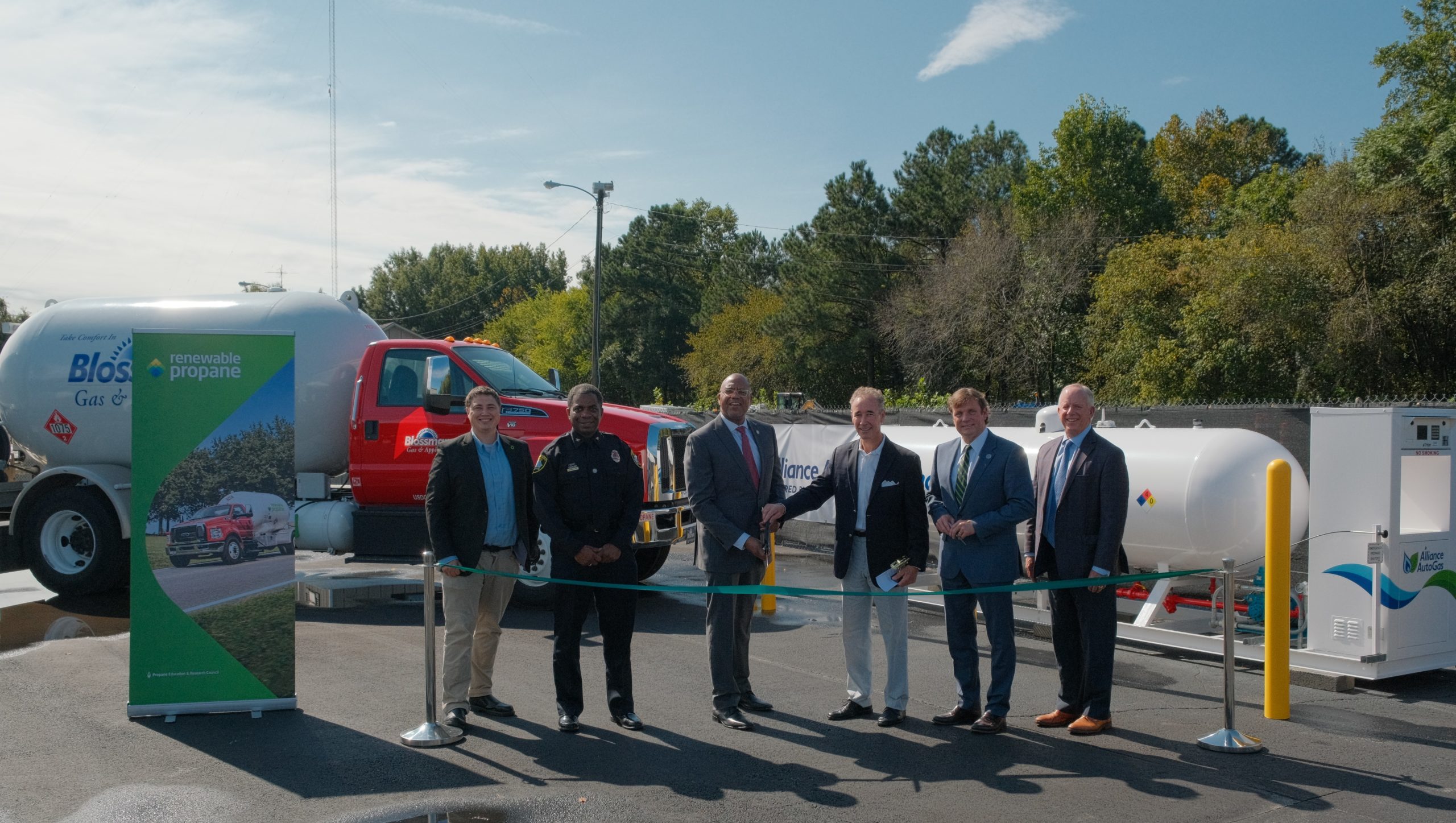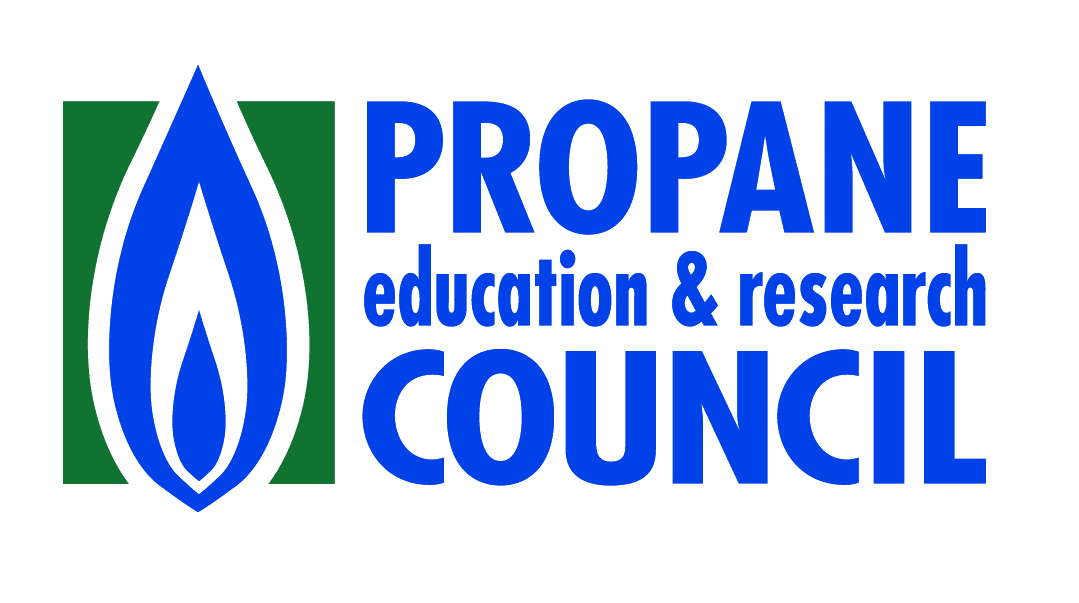It wasn’t that long ago that the conversation around alternative energy in transportation felt like a murmur. Fast forward to today and more than 50% of the U.S. population currently lives in a state with comprehensive carbon emissions legislation, and fleet owners are investing in a shared goal to lower emissions as quickly as possible. The innovation and adoption of the alternative energy industry — including propane autogas — has been encouraging.
When it comes to medium-duty fleets, propane autogas is an ideal energy source because it reduces harmful emissions without increasing costs or compromising on performance and range. Propane autogas has helped to reduce emissions for decades, and now looking forward, renewable propane is going to move the needle even further.
Propane autogas has helped to reduce emissions for decades, renewable propane will move the needle even further.
Renewable propane is made from a mix of waste residues and sustainably sourced materials, including agricultural waste products, cooking oil, and meat fats. It has the same chemical structure and physical properties as conventional propane, but because it’s produced from renewable, raw materials, it has an even lower carbon intensity than conventional propane.
Renewable Propane Availability
In recent years, the production of renewable propane has increased, and the adoption of this ultra-low emissions energy source will only continue to grow as an abundant supply is on the horizon. During the past two years, nine million gallons of renewable propane have been dispensed into vehicles. In the next few years, 100 million gallons of this sustainable fuel will likely be available, and by 2030, that number will rise to 300 million. With new cellulosic sources, many experts say the entire worldwide demand can be met with renewable propane by 2040. As a greater supply becomes available, fleet owners will be able to easily implement it in their own vehicles, as it can be used in any existing propane autogas engine or propane autogas infrastructure.
Renewable Propane in Action
While already established in more urban areas, specifically in California, we’re also seeing this fuel growing in popularity in other parts of the country. In fact, earlier this fall, the city of Petersburg welcomed the first gallons of renewable propane into the commonwealth of Virginia. The city’s police and shuttle fleets are converting 49 vehicles from gasoline to run on renewable propane. This transition will not only significantly reduce the vehicle fleet’s emissions, but it will also save the city money with propane’s low total cost of ownership.
The production of renewable propane has increased, and the adoption of this ultra-low emissions energy source will continue to grow.
In addition, U-Haul made its second significant investment in renewable propane this fall, announcing an additional one million gallons of the fuel would be sold at more than 60 locations across California. U-Haul recently dispensed the last of its first million gallons of the fuel, purchased in 2020, proving the popularity of the ultra-low emissions energy source.
As more research and attention is given to what is possible for renewable energy across the U.S. and the world, this puts propane autogas at the forefront of the conversation among solar and wind. Additionally, as renewable technology gains traction beyond transportation, we can begin to see even greater long-term benefits. This is tremendously important, as the future of engine fuels continues to aggressively move down the path toward zero emissions. For more information about renewable propane, visit Propane.com.



